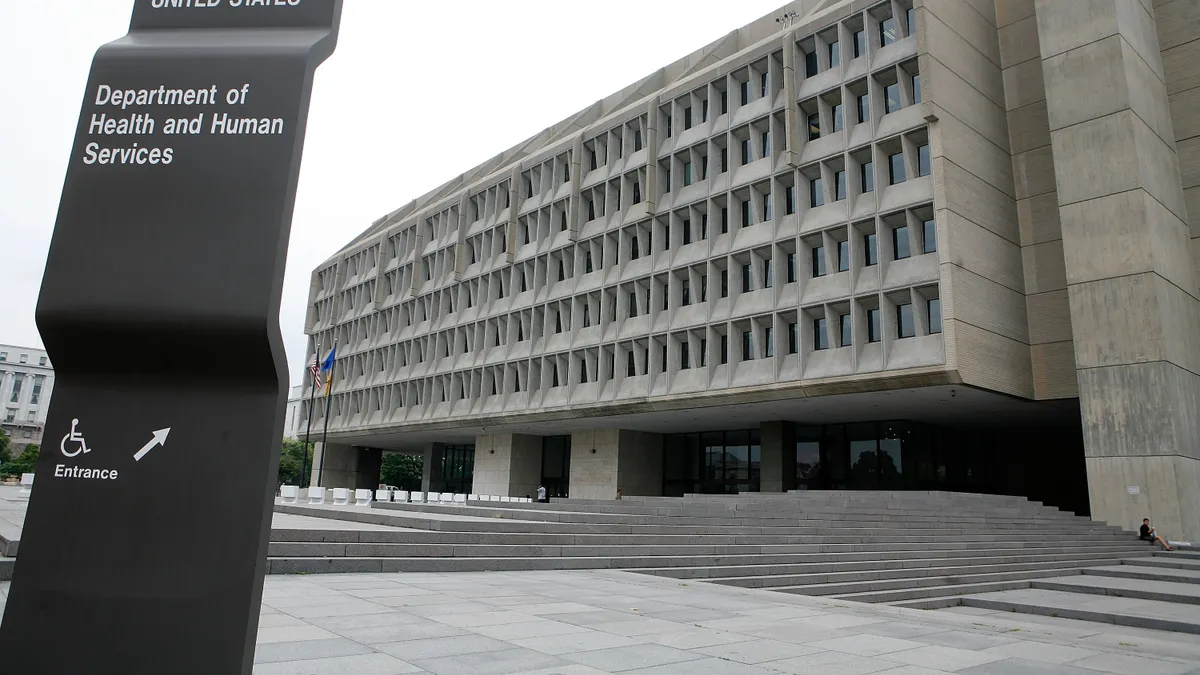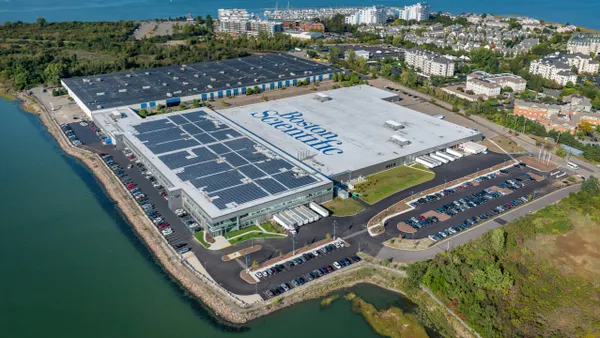Dive Brief:
- CMS is delaying the start of the first performance year for its kidney care payment model until January 2022, with the goal of giving participants more time to implement infrastructure and operational changes.
- The rule incentivizes delivery of at-home dialysis care with increased payments. Baxter and Outset Medical are among those that make dialysis technologies that can be used in the home.
- The Kidney Care Choices model announced in 2019 was originally scheduled to start Jan. 1 of this year before being delayed to April 1 due to the pandemic. Now the agency is pushing back the implementation timeline again.
Dive Insight:
Revamping kidney care was a key focus of the Trump administration's Center for Medicare and Medicaid Innovation, the CMS agency that trials new ways of paying for healthcare in a bid to inject more value into the system.
CMMI, now under the new leadership of Biden appointee and one of the Affordable Care Act's congressional architects, Elizabeth Fowler, likely has no plans to change course on cutting costs in Medicare kidney care. The current system encourages in-center hemodialysis for kidney disease patients, an expensive treatment path that contributes to the patients making up a disproportionate share of Medicare spending.
Providers will receive a bump in payment for delivering at-home dialysis care. Right now, those with chronic kidney disease are forced to spend multiple hours at least three times a week at a dialysis center.
The government has argued that at-home dialysis, often a preferred treatment option, is less prevalent than in other developed countries. In 2016, only about 12% of all patients treated for ESRD were using at-home dialysis.
Kidney Care Choices builds on an existing model, the Comprehensive End Stage Renal Disease Care Model, in which dialysis facilities, nephrologists and other providers form accountable care organizations to better manage care for patients with end-stage renal disease. Kidney Care Choices adds on top of that four payment options with varying degrees of risk for different providers to manage the care of Medicare beneficiaries with chronic kidney disease and ESRD.
The start date of the model's first performance year, where providers are required to assume financial risk, is now Jan. 1, 2022. Providers interested in participating in KCC already applied in the fall of 2019, and selected applicants began building out their infrastructure and prepping for the model late last year.
CMS is now extending that implementation period through 2021, to better "enable model participants to prepare to take on financial and population health accountability," the update reads.
According to yet another under-the-radar update earlier this month, Biden's CMMI is also reviewing the Geographic Direct Contracting model, which was first announced in December. The voluntary model is meant to test if a geographic-based approach to care delivery can lower costs in Medicare, while improving beneficiary health outcomes.
CMMI generally enjoys bipartisan support, but has faced some criticism for its sweeping authority to test payment models without congressional oversight, and few successful models to show for its decade of effort. CMMI has tested 54 models over the past 10 years, but only five have saved a significant amount of money and just two have expanded nationwide, previous former CMMI head Brad Smith said in September.












